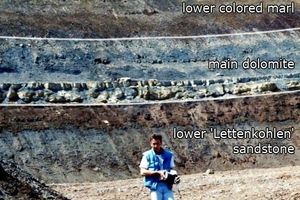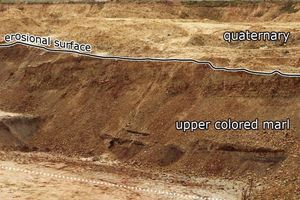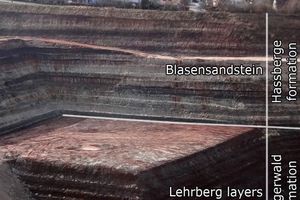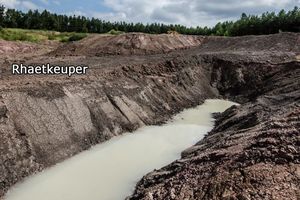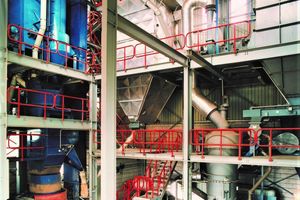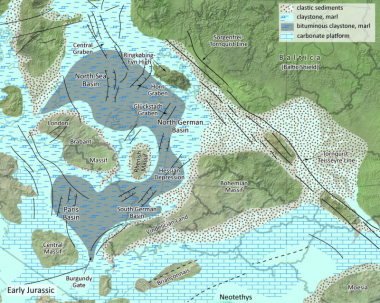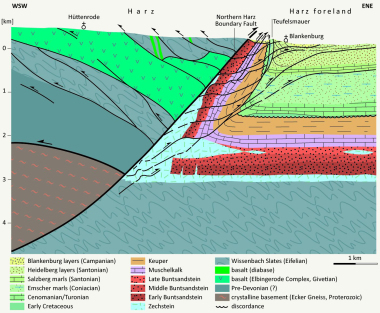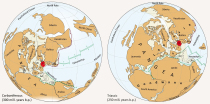Current clay potential in Germany | Part 5: Raw materials from the Keuper group/Trias system
Keuper clays with optimized grain size range used to be the magic ingredient for entire clay brick conglomerates and proud brick manufacturers. In the meantime, modified raw material requirements have contributed to the closures of numerous works sites. Currently, the Keuper constitutes an existential raw materials basis primarily for clay roofing tile plants in Franconia and Thuringia. What will the future look like?
1 Global geology and tectonics
After the Buntsandstein (Lower Triassic) and Muschelkalk (Middle Triassic), the Keuper (Upper Triassic) represents the third lithostratigraphic group of the German Triassic. It is covered by sequences from the Lower Jurassic. The name is derived from the Franconian dialect word “Keiper/Kieber”, originally referring to variegated, crumbly argillaceous rocks. In the year 1822, Leopold von Buch introduced the term Keuper into geoscientific literature. With a good 35 million years, the Keuper covers the longest period in the Triassic. The Keuper began around...

![>>1 Palaeographic position and structure of the Central European Basin at the time of the Middle Keuper, modified and extended model according to [1]](https://www.zi-online.info/imgs/tok_c3988e7511b9f968ea20e2a948b8a43b/w300_h200_x400_y307_105518204_7ba387e587.jpg)
![»2 Thickness distribution of the Keuper – reconstruction from over 2 500 deep borings and numerous surface exposures, modified model from [1]](https://www.zi-online.info/imgs/tok_9f6bdfd0cf9dbc9c6c0ebec85d42640c/w300_h200_x400_y539_105518258_e0c9260670.jpg)
